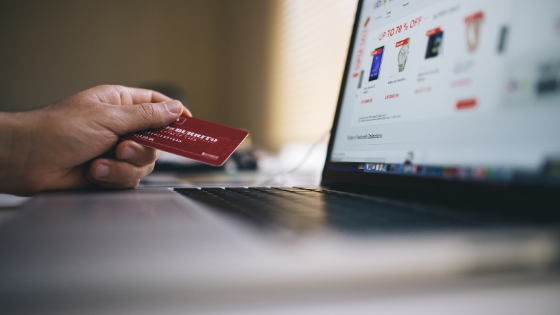Linkedin: For some, a total business grower, while for others the bane of their digital existence. If you’re the manager or director of a B2B business, you may especially wonder if LinkedIn is right for you. Here’s three signs your B2B business may benefit from a robust LinkedIn strategy.
You rely on a cold calling sales and development team.
Here is where so many businesses go wrong on Linkedin: They treat it like a place to peddle their wares or services, neglecting the fact the platform is, above all, social. We see this rhythm way too often: User requests to add a contact, contact accepted, User immediately bombards them with offers and services. Sales teams are too quick to utilise traditional cold call methods on Linkedin, placing themselves more as nuisance than opportunity, leading to a quick dismissal of Linkedin as a viable option.
When utilised correctly, your sales team can develop reputations and relationships via LinkedIn that show value and worth through content. When said content is strategically created and centrally located, you’ll find your sales team are instantly armed with compelling graphs, links and blogs that help harbour a conversation and build trust. Then, when they do that reach out Inmail, email or phonecall, you’re more likely to have a warmer reception and a reputation that proceeds you.
You’re an entrepreneur or ground breaker in a new industry
If you’re coming in as a disruptor or adding something new to your industry, it is in your best interests to ensure your reputation and company are active in the eyes of your peers and potential clients. For example, if you’ve created a new tool or software in a particular b2b industry, you might be replacing something long considered the standard. That’s exciting, but also challenging: You now need to establish trust with people, on as wide a scale as possible. To add to the events, direct marketing and other strategies you’re putting in place, LinkedIn is ideal to establish you as a thought leader, showing how you are connected to others and letting prospects get to know you as a business leader. Essentially, LinkedIn offers reputation management at a far more personal level.
You are, or want to be, an industry leader
Whether you’re at the top of your game, or hungry for more of that market share, showing your prowess via LinkedIn is a great way to show your accolades, attract high quality talent, and offer an insider look at what you do best. Beyond the service/product marketing opportunities you may have with your sales team, LinkedIn is a great medium to show a different side of your business, and gives you the chance to really wow prospects and peers with insight into how you became the leader that you are.
Expert strategy and management of your Linkedin Company and private profiles can be the difference between an overwhelming addition to your to-do list, or a simple fifteen minute solution that brings only benefits. We make content, posting and reach out simple, utilising proven tactics and avoiding the common pitfalls many of your competitors make. Reach out to us today on 1300 138 521 or via our contact form, and let’s discover how LinkedIn can enhance your business today.



